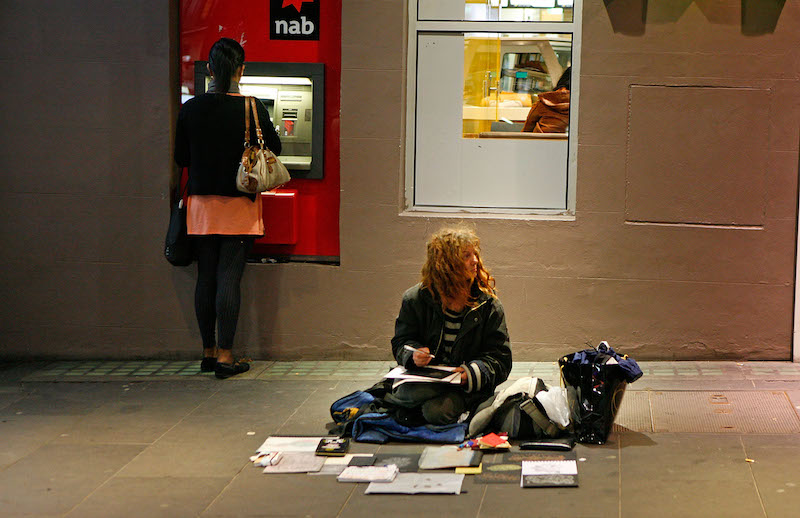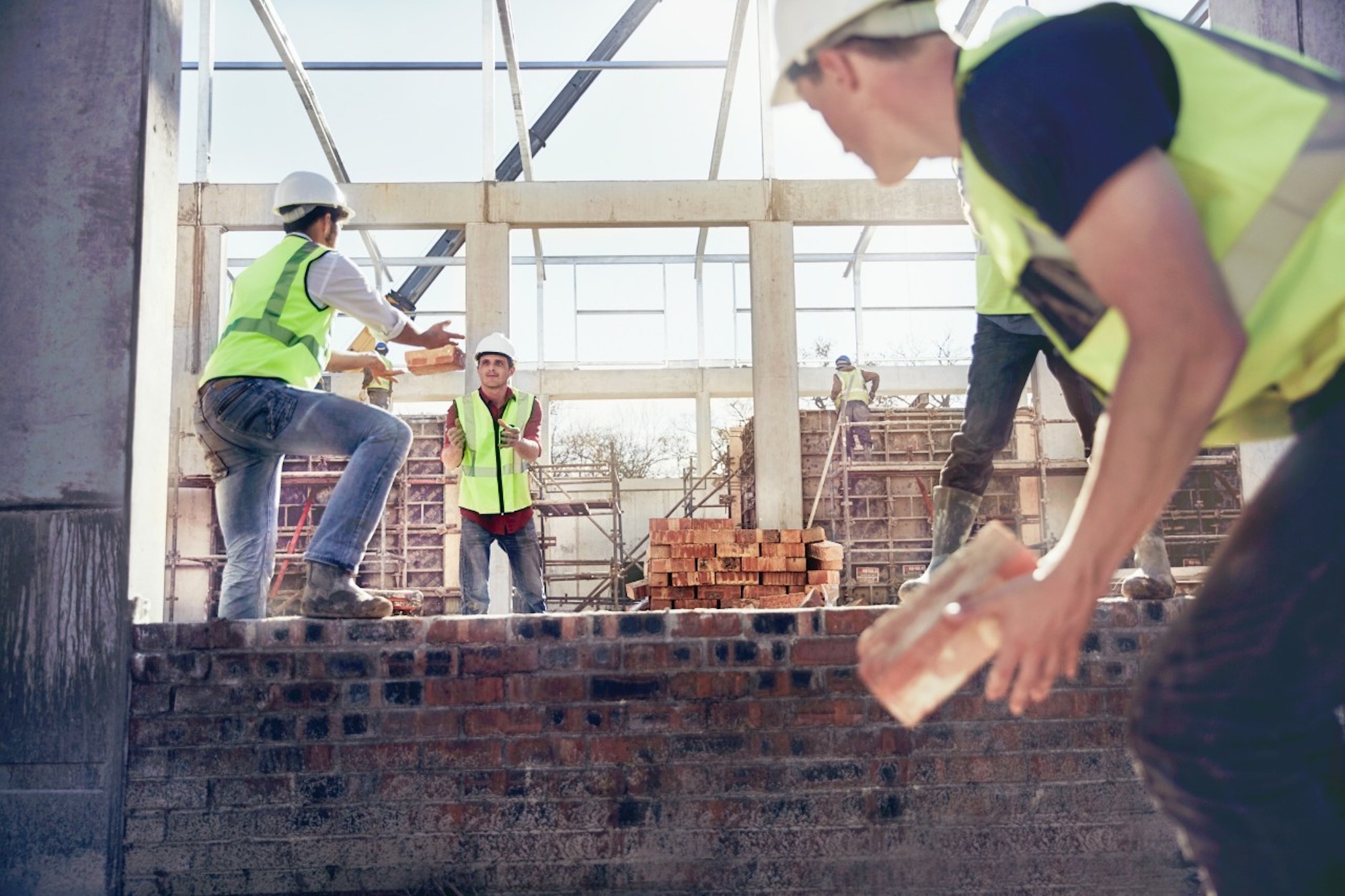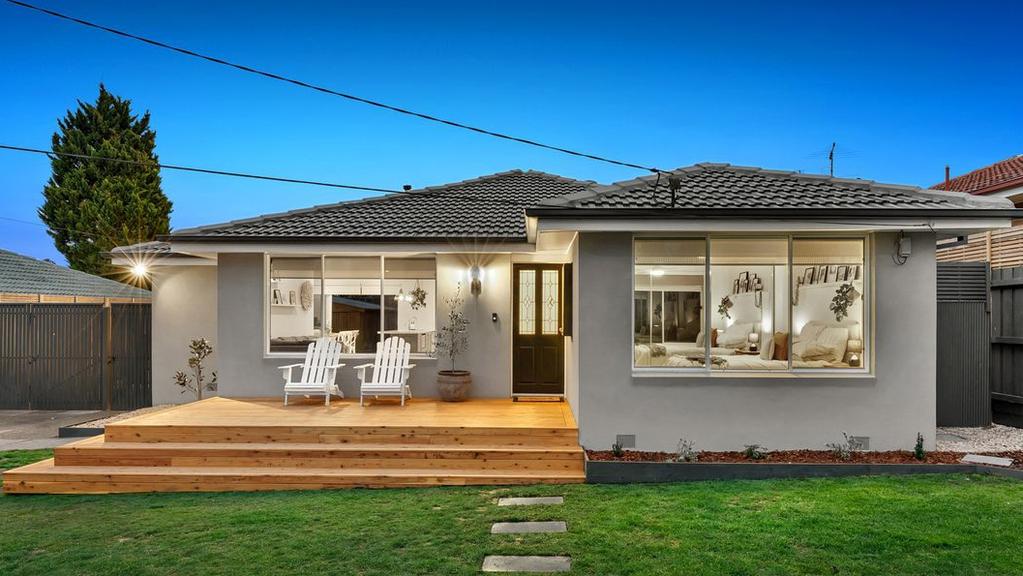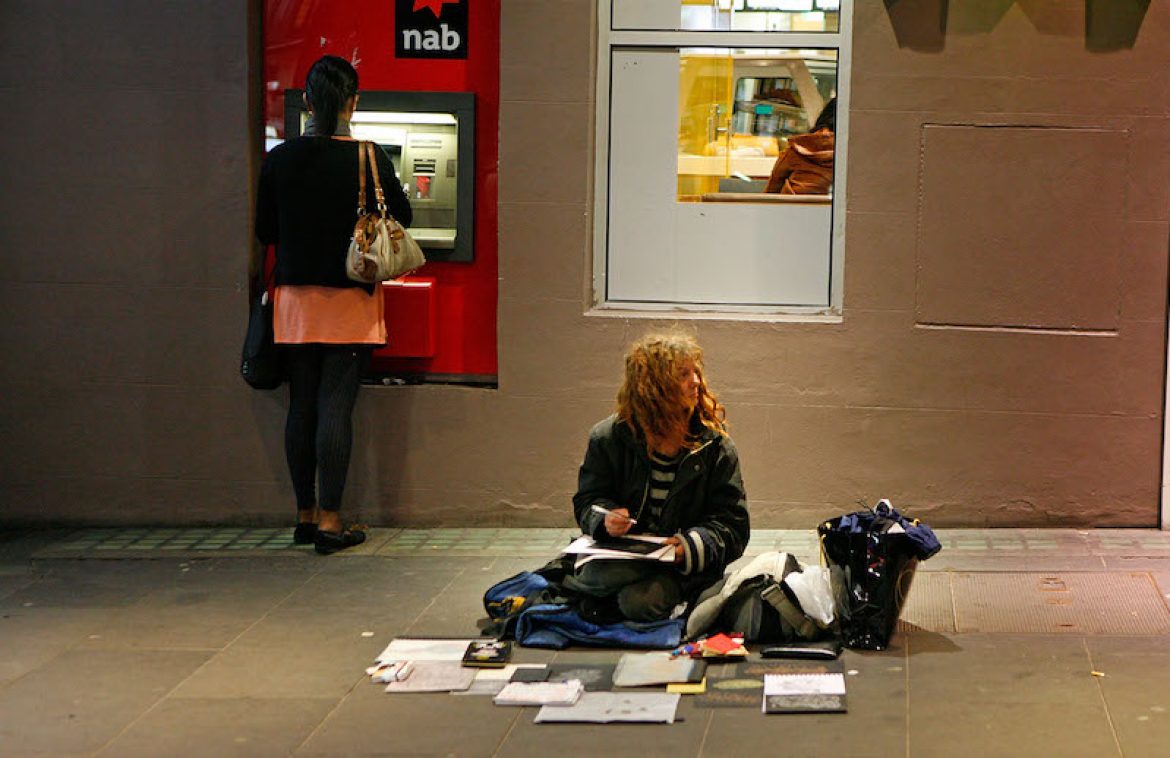HomeBuilder is driving significant demand for new housing, but what happens when the scheme finishes – and will there be any assistance for affordable and social housing?
On 4 June, the Federal Government announced its HomeBuilder scheme, which is available until the end of 2020. It offers a $25,000 grant for anyone earning less than $125,000 per year as a single or $200,000 as a couple, who are building a new home with a value under $750,000.
The scheme also offers the $25,000 grant to anyone meeting the income criteria doing a substantial renovation with a value of between $150,000 and $750,000 as long as the pre-renovation property value is less than $1.5 million, this can include a knock-down rebuild.
However, in my mind, there is one other option that has rendered a deathly silence from the government and that is social and affordable housing.
Calls for support for social housing
It’s National Homelessness Week in Australia, and recent research by the UNSW City Futures Research Centre found our social housing stock has been declining.
The report found that the social and affordable housing shortfall in 2019 was 600,000 units and was projected to reach over one million by 2036. To put that figure into context, over the 12 months to March 2020 just 1,336 new public sector dwellings were completed.
Not all social housing is built by the public sector, however – based on the current shortfall and the rate of affordable housing construction, social and affordable housing requirements will fall woefully short of their requirement.
There are a few ways in which public and affordable housing could be ramped up. The federal and state governments could construct these themselves and end up with an asset that is likely to have a higher value in the future. They could even build these affordable housing lots on land they already own.

It is National Homelessness Week and research shows Australia’s social housing stock is declining. Picture: Getty
Alternatively, governments could look at ways to incentivise developers to include a greater share of affordable housing within new development.
Increasing the provision of social and affordable housing won’t only create societal benefits which are much needed, it can also provide the government with valuable assets as well as helping support employment in the construction through the COVID-19 crisis. As it stands, it looks unlikely that migration will return to anything close to previous levels over the coming years and that will severely impact on the new housing sector.
Given this, federal and state governments need to be thinking about what comes after HomeBuilder and social and affordable housing should be front and centre of their thinking.
Lift in enquiries from first home buyers
The scheme has already led to a surge in enquiries from first home buyers, who can still access other grants in place, as well as leading to a rush in enquiry and sales of established vacant land and land in new housing estates.
It’s safe to say that the scheme appears to be working very effectively, but mainly from the perspective of people building new homes rather than undertaking major renovations, it should also be noted that the eligibility criteria makes HomeBuilder much more accessible for new house construction rather than apartments.

The new homes sector has experienced a surge of enquiries since HomeBuilder was announced. Picture: Getty
The longer-term problem is that a scheme with a short timeframe of availability is going to pull forward a lot of demand, particularly from first home buyers, into this year and that may lead to a big hole in demand in 2021.
At any point in time there is a finite supply of buyers, whether they be owner-occupiers or first home buyers. Schemes such as HomeBuilder tend to encourage people to bring forward their plans to purchase, and this is particularly the case for first home buyers.
The new housing sector is also heavily reliant on migrants as a source of demand, as the general rules for non-residents are that they have to purchase or build a new property. Of course, COVID-19 means that migration has effectively fallen to zero so this source of demand is just not there, outside of recent arrivals prior to COVID-19.
While HomeBuilder is supporting demand in 2020, without international borders being re-opened or some additional stimulus it seems that 2021 could be quite a tough year for the new homes sector.

Many first-home buyers are capitalising on the government’s HomeBuilder grants.
Of course, no-one wants COVID-19 to spread but it would seem reasonable that if people are coming to Australia for a job or study, going into quarantine on arrival is not as big a deal as say someone who is coming on a holiday. That may be something the government looks at.
The government may also choose to extend HomeBuilder beyond the end of the year, but it may not reflect in demand in 2021 assuming that interested parties would have already taken up the limited-time offer. They could also look to some additional stimulus package or tweaks to the renovation component of HomeBuilder.
The post What comes after HomeBuilder for affordable housing? appeared first on realestate.com.au.

